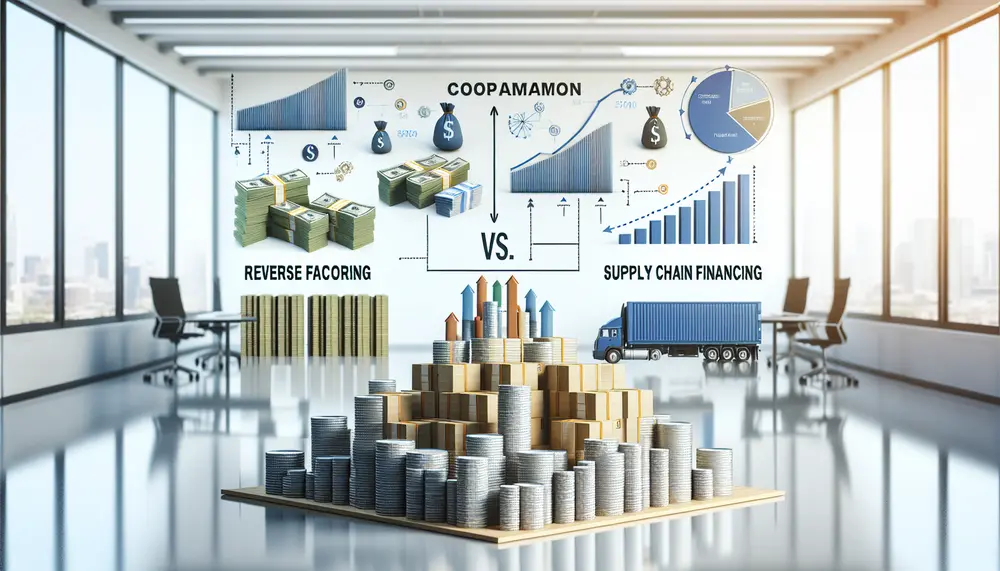Corporate Factoring Editorial Staff

Corporate Factoring Editorial Staff
Editor
About the person
Welcome to Corporate-Factoring.com! Our platform is dedicated to providing in-depth knowledge and resources on corporate factoring. Whether you're new to the concept or an experienced professional, we offer valuable insights into different factoring types, their benefits, and the latest industry trends. Learn how to improve your company's cash flow, manage receivables effectively, and optimize financial operations with expert advice and detailed guides. Join our community to stay informed and make the most out of corporate factoring.
Latest Posts

Factoring helps businesses manage cash flow by selling invoices to a third party but comes with challenges like high costs, client creditworthiness issues, and communication gaps. Addressing these problems through clear documentation, regular updates, and diversified financing can enhance the...

Factoring is a financial solution where businesses sell their invoices to a third party for immediate cash, improving cash flow without creating debt. This method benefits SMEs by providing funds for operations and growth but comes with potential downsides like...

Invoice factoring is a financial transaction where businesses sell their unpaid invoices to a factoring company for an immediate cash advance, typically between 60% and 95% of the invoice value. This process improves cash flow, provides quick access to funds...

Factoring is a financial strategy where businesses sell their accounts receivable to third parties for immediate cash, improving cash flow and reducing credit risk. This method benefits SMEs by providing quick financing, enhancing supplier relationships, and allowing focus on core...
Most popular posts

Factoring law involves the sale of accounts receivable by a business to a factor for immediate cash, with legal terms like assignment and advance rate being key components. It requires careful consideration of jurisdictional laws, compliance with regulations such as...

Reverse factoring is a financial arrangement involving buyers, suppliers, and financial institutions to optimize cash flow, while IFRS are global accounting standards ensuring transparency in financial reporting. Understanding the treatment of reverse factoring under IFRS is crucial for accurate compliance...

Factoring involves selling accounts receivable to a third party at a discount, providing immediate cash flow but incurring costs like service fees and interest rates. Understanding these costs, influenced by factors such as invoice volume and customer creditworthiness, is crucial...

Factoring is a financial strategy where businesses sell their invoices to a third party at a discount for immediate cash, with the factor assuming the risk of collecting payments. A factoring flow chart visually outlines each step in this process,...

Factoring is a financial solution where businesses sell their invoices to a third party for immediate cash, improving cash flow without creating debt. This method benefits SMEs by providing funds for operations and growth but comes with potential downsides like...

Factoring is a financial transaction where businesses sell their accounts receivable to a third party at a discount for immediate cash, which helps manage cash flow and credit risk. It involves two main types: recourse and non-recourse factoring, with the...

The article compares reverse factoring and supply chain financing, highlighting their differences in initiation, process, flexibility, cost structure, and risk management. It explains that while both methods aim to improve cash flow and strengthen financial relationships within the supply chain,...

Factoring involves selling accounts receivable to a third party for immediate cash flow, while Confirming (reverse factoring) is when a financial intermediary pays supplier invoices on behalf of the business, extending payment terms. Both services aid in managing different aspects...

Factoring is a financial strategy where businesses sell their accounts receivable to a third party at a discount for immediate working capital, aiding in liquidity and growth. It offers improved cash flow without debt, assumes credit risk management, provides administrative...
